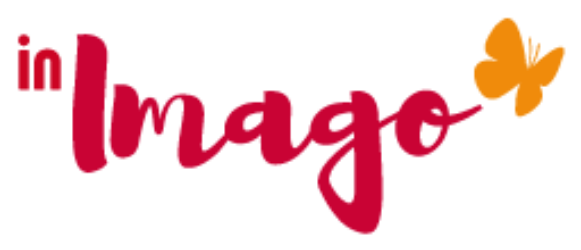In a world often driven by control, reporting, and procedures, Jean-François Zobrist embodied a different kind of leadership. He didn’t claim a theory or a method. He simply acted out of trust. And by doing so, he transformed a company—FAVI—into a living, human system. His story continues to inspire those who seek to lead differently, in resonance with what truly matters: people.
A man who thought differently
Zobrist took the helm of FAVI, a French manufacturing company, during a time of economic uncertainty. But instead of turning inward and reinforcing hierarchy, he did the opposite. He removed time clocks, reporting lines, and layers of approval. He met with workers on the shop floor and asked a simple question: “What do you need to do your job well?”
This question became the cornerstone of a culture shift. It wasn’t about pleasing leadership. It was about serving the customer better. Zobrist believed that those closest to the product—the operators—were best positioned to know what should be improved.
A Living, Trust-Based Management Style
His approach was radical:
- No sales department. Operators spoke directly with clients.
- No budgets. Instead, they focused on real-time performance.
- No hierarchy for the sake of control. Only the minimum structure needed to support.
FAVI’s performance improved. Turnover decreased. Engagement rose. But above all, the company became a space where people felt useful, listened to, and alive.
What makes this possible?
Zobrist often quoted Antoine de Saint-Exupéry:
“If you want to build a ship, don’t drum up the people to gather wood. Instead, teach them to yearn for the vast and endless sea.”
Antoine de Saint-Exupery
This sums up his belief: people don’t need to be managed; they need to connect to meaning. His role as a leader was to cultivate a collective desire to do good work, not to oversee every action.
Why don’t more companies take the leap?
If the Zobrist way is so inspiring, why hasn’t it become the norm? The reasons are complex.
Many organizations are embedded in systems of compliance, procedures, and planning. Letting go of these frameworks—even partly—can feel risky. There are also very human fears at play: fear of losing control, of becoming irrelevant, or of no longer being able to justify one’s role.
For managers, it often means shifting from a position of authority to one of support and trust. It requires a strong inner grounding, and not everyone has been given the tools or the environment to develop that.
And then there are systemic obstacles: silos, rigid hierarchies, and political dynamics that make transformation slow, even when desired. This is why pioneers are so essential. They sow new seeds, even within constraints. And their experiments often spark broader change.
In large corporations: is it utopian?
Though Zobrist’s model emerged in an SME, large corporations have also experimented with similar principles.
At Michelin, lean management has emphasized team autonomy. At Decathlon, some stores allow department leads to recruit their own teams. At Société Générale, intrapreneurship programs empower employees to launch projects with real support. These initiatives show that even within complex structures, there is room for human-centered, trust-based practices.
Case Study: Chrono Flex Inspired by Zobrist, Chrono Flex adopted a liberated management model after a crisis. Teams defined their own ways of working, chose their leaders, and regained a sense of purpose. The company not only recovered—it thrived.
You can read more in the article “Liberated Management”.
Did Zobrist invent agility without naming it?
Jean-François Zobrist never used the word “Agile”. And yet, his approach reflects the core values of the Agile Manifesto:
| Agile Values | Zobrist’s Practices |
|---|---|
| Individuals and interactions | Operators empowered to act directly |
| Working product over documentation | Customer-focused, real-time feedback |
| Customer collaboration | No sales team, direct client-operator link |
| Responding to change | Continuous adaptation from the shop floor |
More than a method, both Agility and Zobrist’s leadership are about trust, autonomy, and meaning. They invite us to rediscover what happens when humans become the core of performance again.
A living legacy
The Zobrist way is not a recipe. It is a mindset—a radical act of confidence in human beings. It reminds us that to manage differently is not to renounce results, but to re-root them in what makes them sustainable: trust, shared purpose, and care.
Some may say it’s not realistic everywhere. But even a small team, a single leader, or a corner of an organization can begin to embody this spirit.
And sometimes, that’s how revolutions begin.

